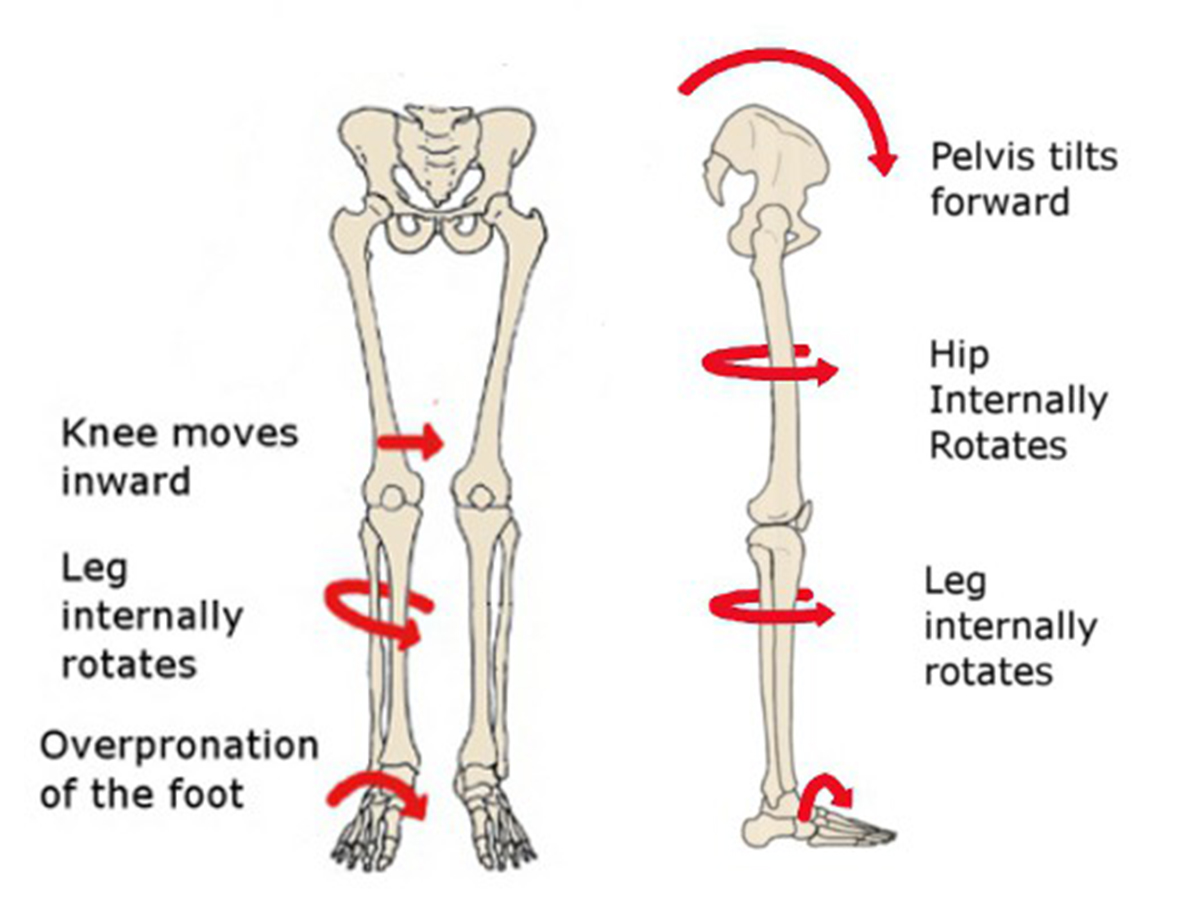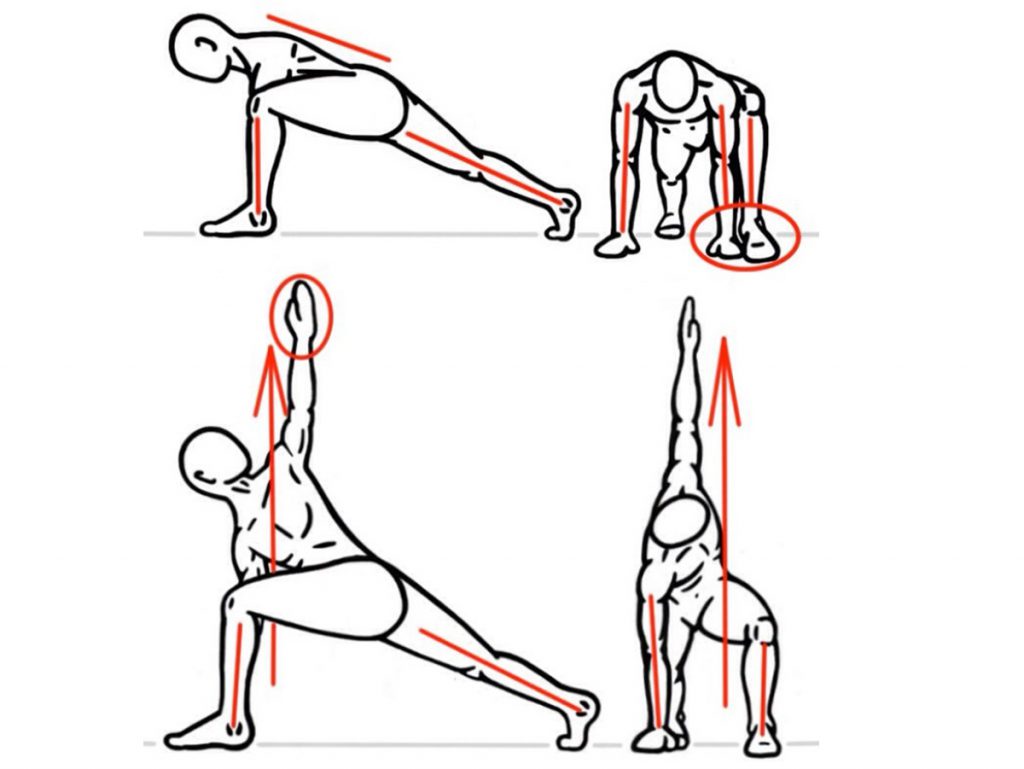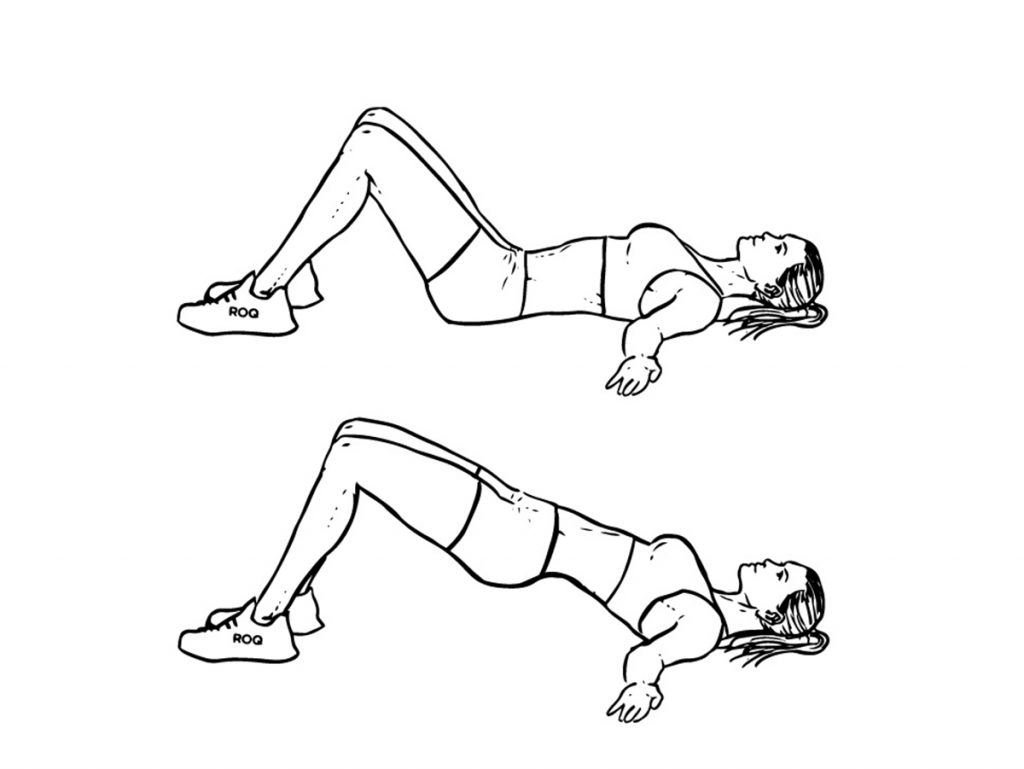
Hip pain for hikers and how to fix it
- April 12, 2021
- 0
Prepared by: Mario Fares, CPT, NCSF
Have you ever asked yourself why you spent many years training, but you still didn’t reach your full potential? Muscle imbalance is mainly the answer to your question.
What is muscles adaptive shortening?
Many mountaineers and trail runners, even the well-trained ones, suffer from pain in the hips after some time on the trail. Why?
Our muscles do not naturally maintain their healthy range of motion on their own. In fact, it’s the opposite. They will change their resting length to adapt to the length at which they are habitually used to; we call that “adaptive shortening”. When this shortening occurs, stiffness and pain are felt.

What is the reason of this phenomenon?
In this article we chose to talk about the Iliopsoas and the glutes, knowing that they are one of the reasons of hip pain and can affect the lower body.
When we spend most of our day sitting, our hip flexors and quads will shorten and our glutes and hamstrings will deactivate. Time spent on the trail will never fix this problem and correct this imbalance, it will make it worse and lead to injuries. These injuries will not be limited to the hip level, they can be projected to the knees and even to the ankles. Always remember that what happens to the hips, will happen to the knees and to the ankles. It’s a chain, if your hip tilts, your knees will rotate and your ankle will pronate.

Do tight hip flexors correlate to glute weakness?
A study published in THE INTERNATIONAL JOURNAL OF SPORTS PHYSICAL THERAPY, looked into the glutes activity during the two-hand and one-hand kettlebell swing, while measuring the hip flexors mobility. The study found a correlation between hip flexor tightness and glutes activity.
“The tighter the hip flexors, the less activity was observed in the glutes during the swings”.
Corrective exercises to solve the problem.
As mentioned before, studies showed that there is a correlation between hip flexor tightness and glutes inactivity. So to target this imbalance, we should focus first on lengthening the hip flexor before thinking of activating the glutes.
There are plenty of stretches that can target the hip flexors, some of which are shown below:
1- Spiderman step back with rotation:

Step 1: Get down in a push-up position.
Step 2: Step forward with your right foot so that your knee forms a right angle.
Step 3: Push your hips back and come up on your toes.
Step 4: Drop your hips back down and raise your right arm up while twisting back until you feel a tight stretch.
Step 5: Reverse movements and repeat on opposite side.
2- Scorpions:

Step 1: Lay face down on a mat or soft surface.
Step 2: Place your hands at your sides for balance.
Step 3: Keeping your shoulders on the ground, raise the left foot straight up into the air.
Step 4: Bend your knee and bring your left foot over your right leg. Touch the ground with your toes.
Step 5: Return the left leg to the ground and repeat on the other side.
After stretching the hip flexors, it is now time to start activating your glutes.
1-Bridges:

Step 1: Lie on your back with your hands at your side, knees bent, and feet flat on the floor under your knees.
Step 2: Tighten your abdominal and buttock muscles by pushing your lower back on the ground before you push up.
Step 3: Raise your hips to create a straight line from knees to shoulders.
Step 4: Squeeze your core and pull your belly button back toward your spine.
You can progress to a single leg bridge with some core stability
View this post on Instagram
2-Swissball Prone hyperextension:
View this post on Instagram

Facebook: La Casa De Dumbbell
Instagram: la_casa_de_dumbbell
Phone: 961 70 681584
Location: Fanar, Main Road











